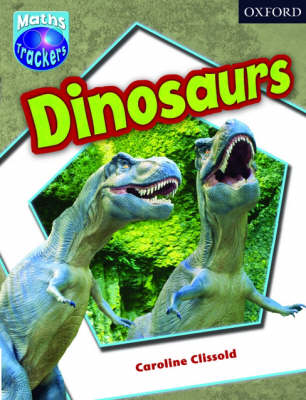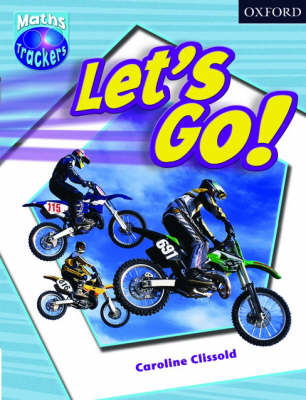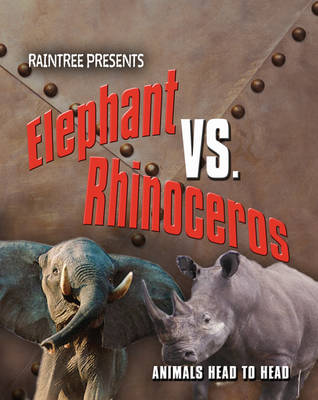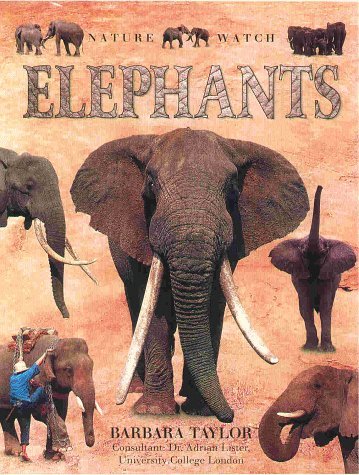Resources

'Maths trackers' gives children struggling with basic maths concepts the motivation to want to learn. The high-interest, age-appropriate contexts and themes inspire children for whom maths lacks relevance and ensure...

'Maths trackers' gives children struggling with basic maths concepts the motivation to want to learn. The high-interest, age-appropriate contexts and themes inspire children for whom maths lacks relevance and ensure...

The author compares the fighting, survival and defence skills of the African elephant and the white rhino. She gives lots of facts about these great creatures and information about their conservation.

This book describes many aspects of African and Asian elephants, such as physical characteristics, feeding habits, communication, and behaviour.
More than 170 open-ended science activities engage children in discovering the world around them, exploring textures, and learning fascinating facts about animals - elephants, porcupines, crocodiles, flamingos, koalas, camels, and anteaters. Children get involved in science, social studies, math, and language arts...
Elevation
A person is shown rolling down a hill, pausing, and then running back up the hill. The task is to draw a graph of their elevation against time. The graph contains increasing, decreasing, and constant sections.
Elevation video
Elevation of plane
A paper plane is thrown from the balcony of a house. The plane initially gains height before curving as it falls to the ground. The challenge is to graph the elevation of the plane against time. The resulting graph is non-linear.
Elevation of plane video
Ellipse
This program deals with various aspects of the coordinate geometry of an ellipse. The first two sheets show the connection between ellipse and the auxiliary circle and also the focus/directrix definition of the ellipse. Subsequent sheets trace an interesting loci...
This book looks at aspects of the ellipse that are not commonly explored.
Elliptic Curves
Carom Maths provides this resource for teachers and students of A Level mathematics.
This presentation uses the fact that 1729 is the smallest number that can be expressed as two cubes in two different ways to introduce the topic of Elliptic curves, which are used more and more in the field of number theory...
